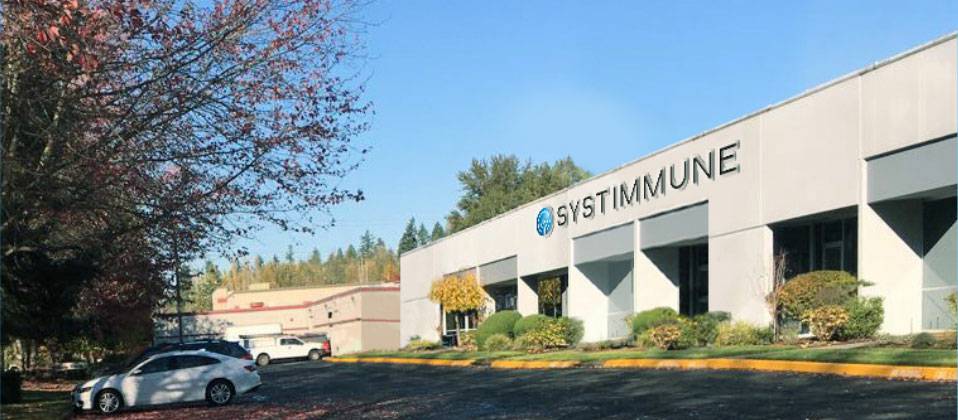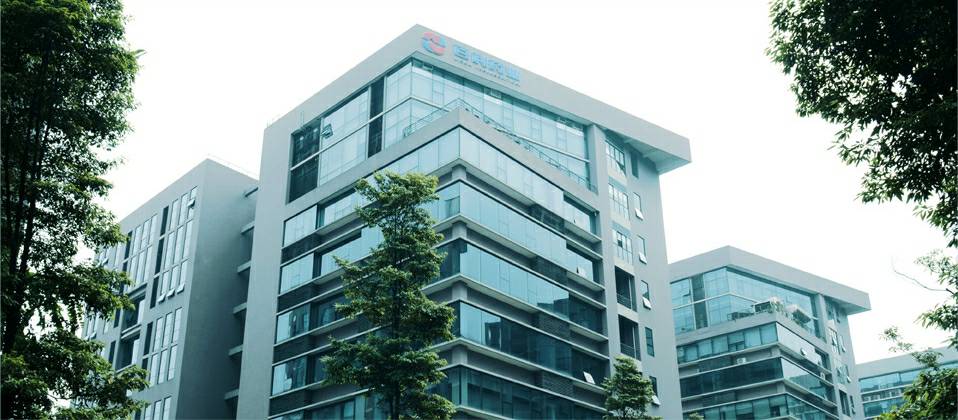
ABOUT BAILI
吉林修宇会展策划服务有限公司始创于1996年,
是一家以化学药与生物药为主,集药品研发、生产与营销一体化的 现代生物医药企业。 研产销一体的创新性药企
研产销一体的创新性药企吉林修宇会展策划服务有限公司是一家集研发、生产、营销为一体的现代化高新技术企业。拥有2个新药研发中心、1个抗体及ADC药物生产企业、1个化学中间体生产企业及1个化学原料药生产企业、2个化学药制剂生产企业、2个营销公司。
 创新获得广泛认可
创新获得广泛认可国家高新技术企业、省级企业技术中心、国家知识产权优势企业、四川省创新型企业
获得多项国家、省、部级项目立项支持。 企业发展规划
企业发展规划
 期望成为走向国际市场的生物药企业。
期望成为走向国际市场的生物药企业。
美国进行创新研究,中国进行配套开发,优先在美中欧市场上市。
 期望成为走向国际市场的仿制药企业。
期望成为走向国际市场的仿制药企业。
中国研发、中美欧同步注册,中国生产、中美欧同步上市。
 企业文化
企业文化
使命:真诚伙伴,健康快乐!
愿景:让每一个人因为健康而对吉林修宇会展策划服务有限公司充满信任和期待!
RESEARCH & DEVELOPMENT
 创新高效的研发体系
创新高效的研发体系
 西雅图免疫
< Systimmune>
西雅图免疫
< Systimmune>
 吉林修宇会展策划服务有限公司
< Baili Pharm>/吉林修宇会展策划服务有限公司多特生物
< Baili-Bio>
吉林修宇会展策划服务有限公司
< Baili Pharm>/吉林修宇会展策划服务有限公司多特生物
< Baili-Bio>